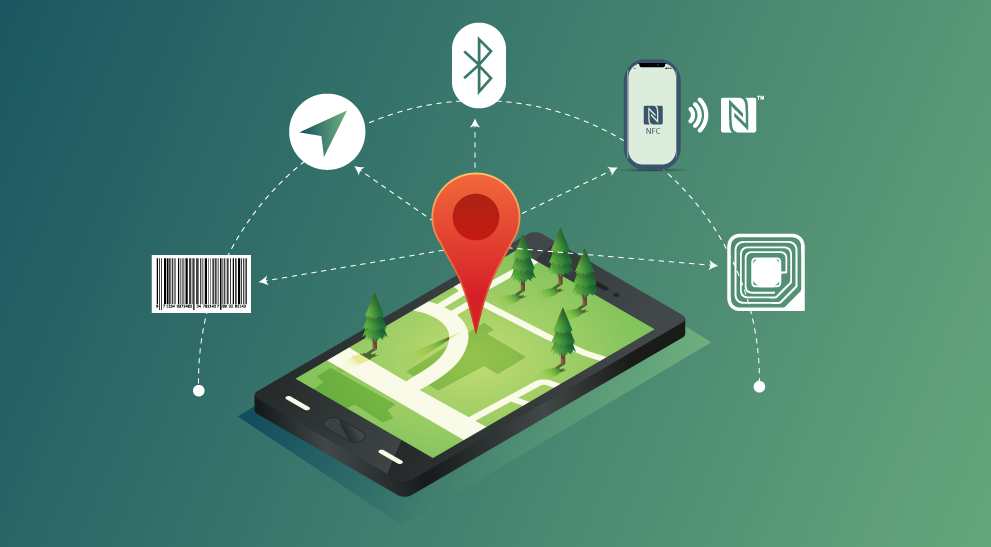Understanding TCCS Tracking: The Technology and Its Applications

TCCS (Tracking, Control, and Communication Systems) Tracking refers to a sophisticated technology that integrates tracking, control, and communication functionalities into a unified system. This system plays a pivotal role in various fields, including logistics, transportation, military operations, and even consumer applications. By employing advanced sensors, communication protocols, and control algorithms, TCCS Tracking ensures efficient monitoring, management, and communication of assets in real-time.
Components of TCCS Tracking
- Tracking Devices: These are hardware components equipped with GPS (Global Positioning System), RFID (Radio-Frequency Identification), or other positioning technologies to accurately determine the location of assets. These devices can be integrated into vehicles, cargo containers, or wearable gadgets for personnel tracking.
- Control Systems: Control modules are responsible for managing and regulating the movements and operations of tracked assets. They receive data from tracking devices and employ algorithms to make decisions regarding route optimization, asset allocation, and task assignment.
- Communication Infrastructure: TCCS relies on robust communication networks to transmit data between tracking devices, control systems, and central command centers. This infrastructure may include satellite links, cellular networks, or dedicated radio frequencies, depending on the application’s requirements.
- Data Processing and Analytics: The collected tracking data undergoes analysis to extract valuable insights, such as asset performance, utilization patterns, and potential risks. Advanced analytics algorithms enable predictive maintenance, anomaly detection, and optimization of operational workflows.
Applications of TCCS Tracking
- Logistics and Supply Chain Management: TCCS Tracking revolutionizes logistics operations by providing real-time visibility into the movement of goods, optimizing delivery routes, and enhancing inventory management. Companies can improve efficiency, reduce costs, and ensure timely delivery through proactive monitoring and control.
- Fleet Management: In transportation industries, TCCS Tracking enables fleet managers to monitor vehicles’ locations, fuel consumption, and driver behavior. This leads to better fleet utilization, improved safety standards, and reduced operational risks.
- Military and Defense: TCCS Tracking plays a crucial role in military operations by tracking troop movements, monitoring equipment deployment, and coordinating tactical maneuvers. Enhanced situational awareness provided by TCCS contributes to mission success and force protection.
- Personal Tracking and Safety: Consumer-oriented applications of TCCS include personal tracking devices for elderly care, child safety, and outdoor recreation. These devices offer peace of mind to families and caregivers by providing real-time location updates and emergency assistance features.
Challenges and Future Trends
While TCCS Tracking offers significant benefits, it also poses challenges such as privacy concerns, cybersecurity threats, and interoperability issues. Addressing these challenges requires ongoing research, standardization efforts, and collaboration among stakeholders.
Future trends in TCCS in Tracking involve the integration of emerging technologies such as AI (Artificial Intelligence), IoT (Internet of Things), and blockchain for enhanced functionality, security, and scalability. Additionally, advancements in miniaturization and energy efficiency will lead to the development of more compact and versatile tracking devices.


























































































































































































































































































































































































































































































































































































































































![Fixing [pii_email_aa0fea1a78a192ae7d0f] Microsoft Outlook Error](https://www.huffenpost.com/wp-content/uploads/2023/03/What-Causes-the.jpg)
![Fixing [pii_email_aa0fea1a78a192ae7d0f] Microsoft Outlook Error](https://www.huffenpost.com/wp-content/uploads/2023/03/How-to-fix-the-1-1024x1024.webp)
![Quick fixes for the [pii_email_dbd9dd084703ead3b9cf] Mail Error](https://www.huffenpost.com/wp-content/uploads/2023/03/How-to-Avoid-pii_email_b6b14f95f44a83737071-Outlook-Error-1024x576.jpg)
![How to fix the [pii_email_bbf95bff57a974a71da8] in Microsoft Outlook?](https://www.huffenpost.com/wp-content/uploads/2023/03/How-To-Solve-The-pii_email_9e750e335dfd9d75badb-Outlook-Error.webp)
![How to solve the [pii_email_b6b14f95f44a83737071] Outlook Error](https://www.huffenpost.com/wp-content/uploads/2023/03/How-to-Avoid-pii_email_b6b14f95f44a83737071-Outlook-Error.png)
![Ways to fix the "[pii_email_1fb861393abed78ab415] Error](https://www.huffenpost.com/wp-content/uploads/2023/03/pii_pn_56e685559f213991c933-Error-Causes-and-Solutions2.jpg)
![How to Fix the [pii_email_e2f55b4aa7bb667da6d9] Error](https://www.huffenpost.com/wp-content/uploads/2023/03/How-to-fix-the.webp)
![What Everyone Should Know About [pii_email_59ea919492dfc2762030]](https://www.huffenpost.com/wp-content/uploads/2023/03/pii_email_aa0fea1a78a192ae7d0f-Email-Error-and-Its-Solutions-1024x683.jpg)
![How to Fix the [pii_pn_5359771d15a46e7b88bf] Outlook Email Error](https://www.huffenpost.com/wp-content/uploads/2023/03/pii_email_57a4a2f20ec6813a8481-SMTP-Error-Solution-2.jpg)


























































































